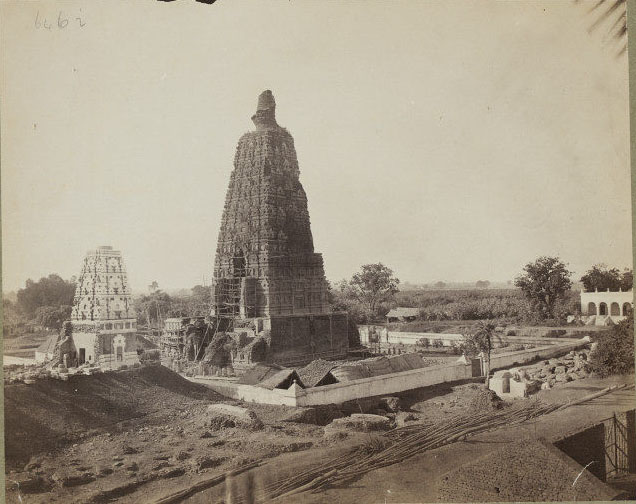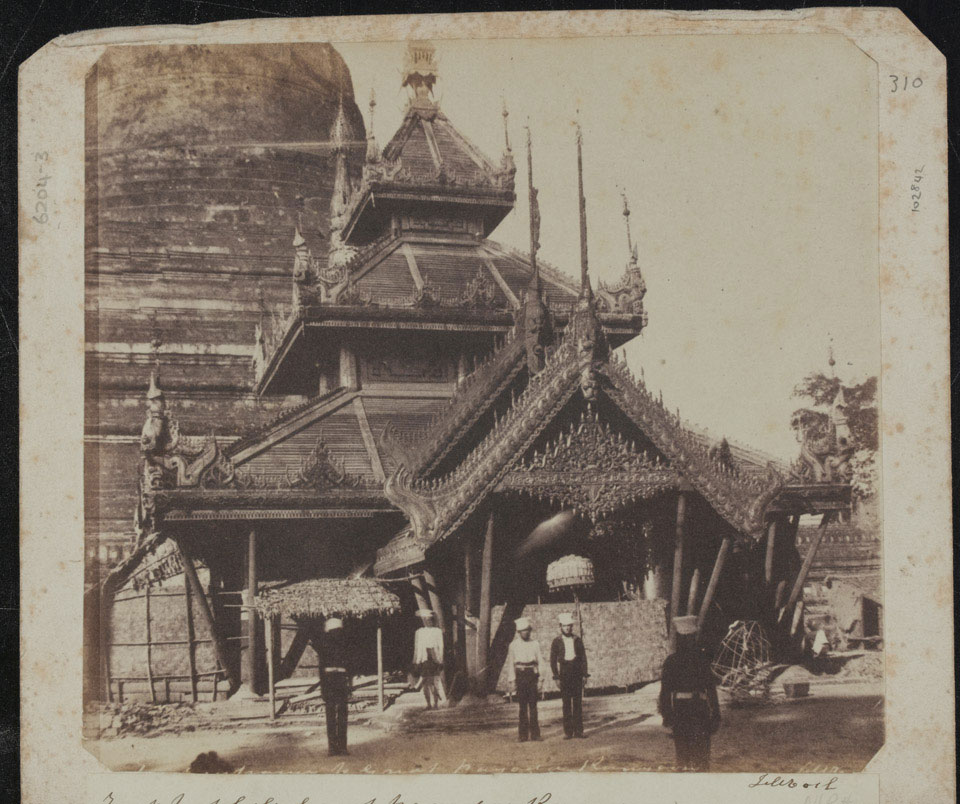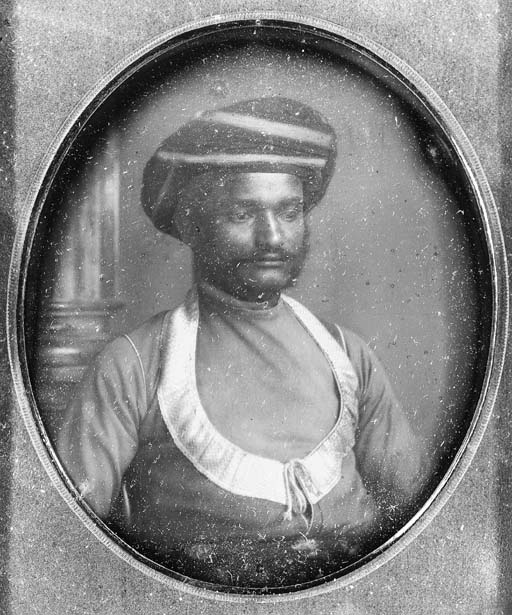Josiah Rowe (1809 – 1874) moved to India sometime before 1839 and began making daguerreotypes in the 1840s. Josiah Rowe was hailed as ‘the father of photography in India‘ by Dr F. J. Mouat, a British surgeon, chemist and the first president of the Bengal Photographic Society. Apart from journal entries, there is no evidence or photographs to confirm the aforesaid. Rowe was active in the early 1840s and continued to take pictures well into the 1860s. In the course of his photographic career, Rowe became expert in the daguerreotype, Calotype and the wet Collodion processes.
In 1856, Josiah Rowe was appointed as a professor of drawing and surveying at Presidency College, Calcutta. He continued to practice the daguerreotype throughout the 1850s alongside with his paper and Collodion work.
Josiah Rowe documented in Calotype, views of different parts of Calcutta. All these images are clearly focused, well printed and of a good tone. He also took many daguerreotype views of monuments, the Esplanade, and panorama of the city which are some of the most valuable references of colonial history. His images of shipping on the river and the panoramic views of Calcutta from the top of the Ouchterlony Monument (The Shaheed Minar) are exceedingly clear and sharp. He also captured interesting collections of portraits, comprising of India’s notables like Lord and Lady Canning, Marquis of Dalhousie, and many more royals.
The daguerreotype was invented in France in 1839 and was brought to India soon after, by the British East India Company, to document its landscape and architecture. In the initial stage, it was practised mostly by amateurs, like Josiah Rowe and Thomas Biggs of the Bombay Artillery. Daguerreotype cameras were advertised in Calcutta widely and this decade also saw a formation of many photographic societies in Bombay, Calcutta and Madras.
With these societies, developed communities, organized events, exhibitions and the publication of journals, fostering an active culture of experimentation and exchange among the photography enthusiasts.
Josiah Rowe had several exhibitions of his daguerreotypes and Calotypes. A number of Rowe’s photographs were sent to the 1856 exhibition of the Madras Photographic Society. He exhibited five Collodion views of Calcutta and 25 daguerreotypes (including a portrait of the Marquis of Dalhousie, Government House, the Esplanade, and a five-part panorama of the city) at the Photographic Society of Bengal Exhibition of March 1857. Rowe was elected to the committee of the Photographic Society of Bengal in 1862.

Daguerreotype is historically significant as the first practical photograph that depicts early subject with superior image quality and excellent depth of field. Identifying Daguerreotype is not complicated; Daguerreotype images are very delicate and easily damaged. Daguerreotypes always come in protective cases, often made of leather and lined with silk or velvet. They were made on highly polished silver plates. Daguerreotypes, in particular, have unique image quality, depending on the angle at which you view them; they can look like a negative, a positive or a mirror. If exposed to the air, the silver plate will tarnish. Though they were sealed under glass, it is very common to find characteristic signs of tarnishing around the edges of the daguerreotype.
Still, Daguerreotype is considered to be superior in image quality to any other modern processes.
Reference
19th century Indian photographers in India, R. Desmond, http://www.tandfonline.com/loi/thph20
Encyclopedia of nineteenth-century photography / John Hannavy, ed.© 2008 by Taylor & Francis Group, LLC
Pioneers of indian photography, by John Falconer
Impressed by Light: British Photographs from Paper, Negatives, 1840-1860, Copyright © 2007 The Metropolitan Museum of Art, New York.
http://www.luminous-lint.com/app/photographer/Josiah__Rowe/A/





